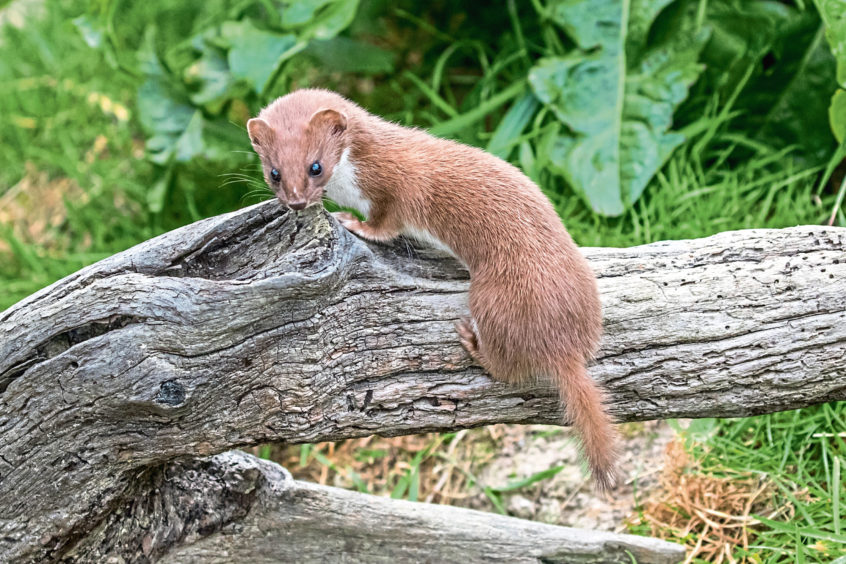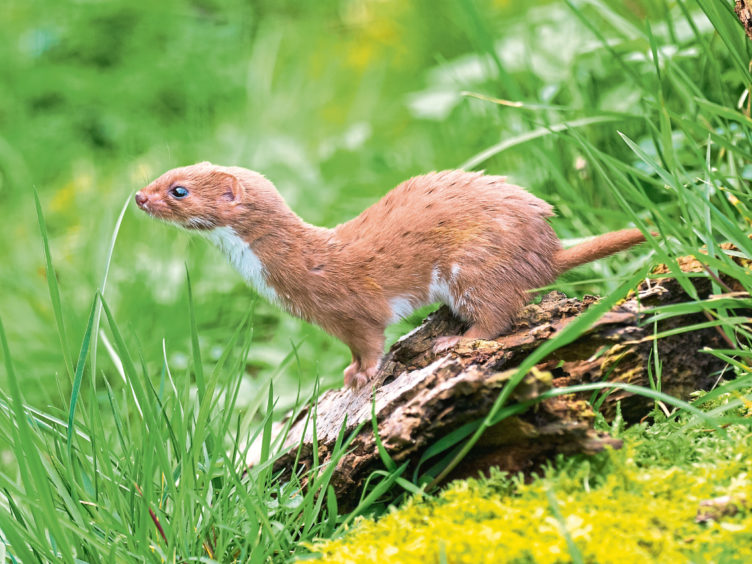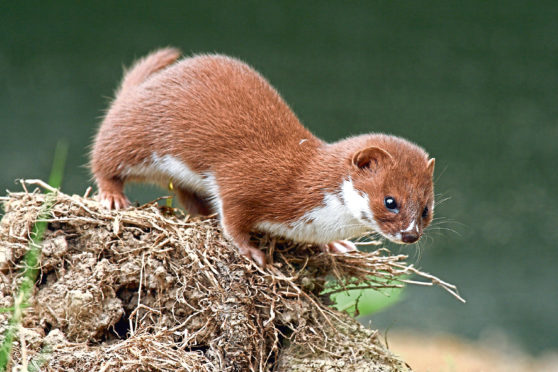Above me, a family of jays screamed and shrieked in the tree canopy, but no matter how hard I looked, it was impossible to spot them amongst the thick luxuriant flush of leaves.
Then, by a wire fence which borders the wood, a flurry of russet caught my eye; a little sliver of restless undulating energy that bounded towards me before disappearing behind a tumbled tree branch. It was a weasel and it hadn’t seen me, so I froze still in the hope it might reappear, but alas, it never did so.
The sighting got me thinking. When was the last time I had seen a weasel? It was hard to be sure, but it must have been at least a year or so ago. It is often unwise to use anecdotal evidence to determine whether an animal population is increasing or falling, but in my younger days I would see weasels pretty often. And, the more I dragged past weasel encounters from the deepest recesses of my mind, the more convinced I became that weasels are much less common nowadays than in the past.
Indeed, so too are many of our other mammals. The first official ‘Red List’ of Mammals, produced recently by the Mammal Society revealed that one in four species in Scotland are threatened with extinction.

Intriguingly, the status of the weasel doesn’t even merit a modicum of concern in this report. That seems strange to me, given my certainty that they have declined. I suspect the reason for this is down to a lack of hard scientific data on weasel populations, given that they are secretive animals.
For me, such lack of credible information for species such as weasels is a real worry. Why? Well, the fall in numbers of any creature indicates that something is wrong with the environment, and if it is bad for one species, then most likely it will be detrimental for many others. If we are not even aware of such changes happening, then it may eventually become too late to act.

In some instances, I also have to question whether there is the will to act. Take the beaver as an example. The Mammal Society report has classed it as being endangered. Yet despite this, Scottish Natural Heritage issued licences for 87 beavers – around a fifth of the Scottish population – to be shot in Tayside in the months following the Government’s May 2019 decision to give beavers protected status in Scotland.
I accept that beavers can cause issues with farmers and landowners, but culling should only ever be an option of extreme last resort. These figures suggest otherwise. Beavers are part of our natural heritage; they have a right to be here and it is our obligation to look after them. Culling beavers on such a large scale is a national disgrace that shames us all.
INFO
The weasel is a specialist vole predator. Weasels are smaller than stoats, and one of the easiest ways of telling the two apart is the tail, which is longer in the stoat and has a distinctive black tip.










